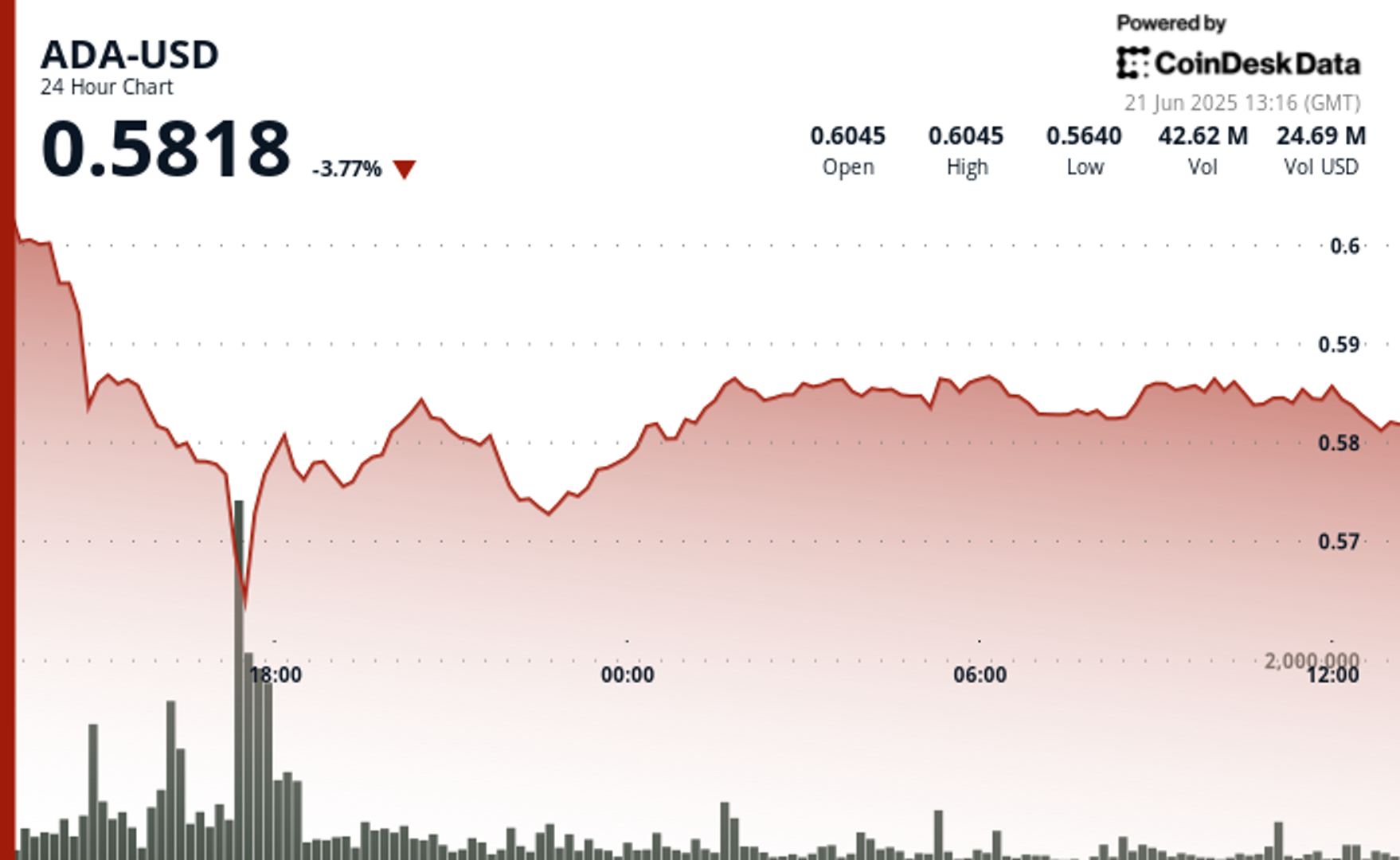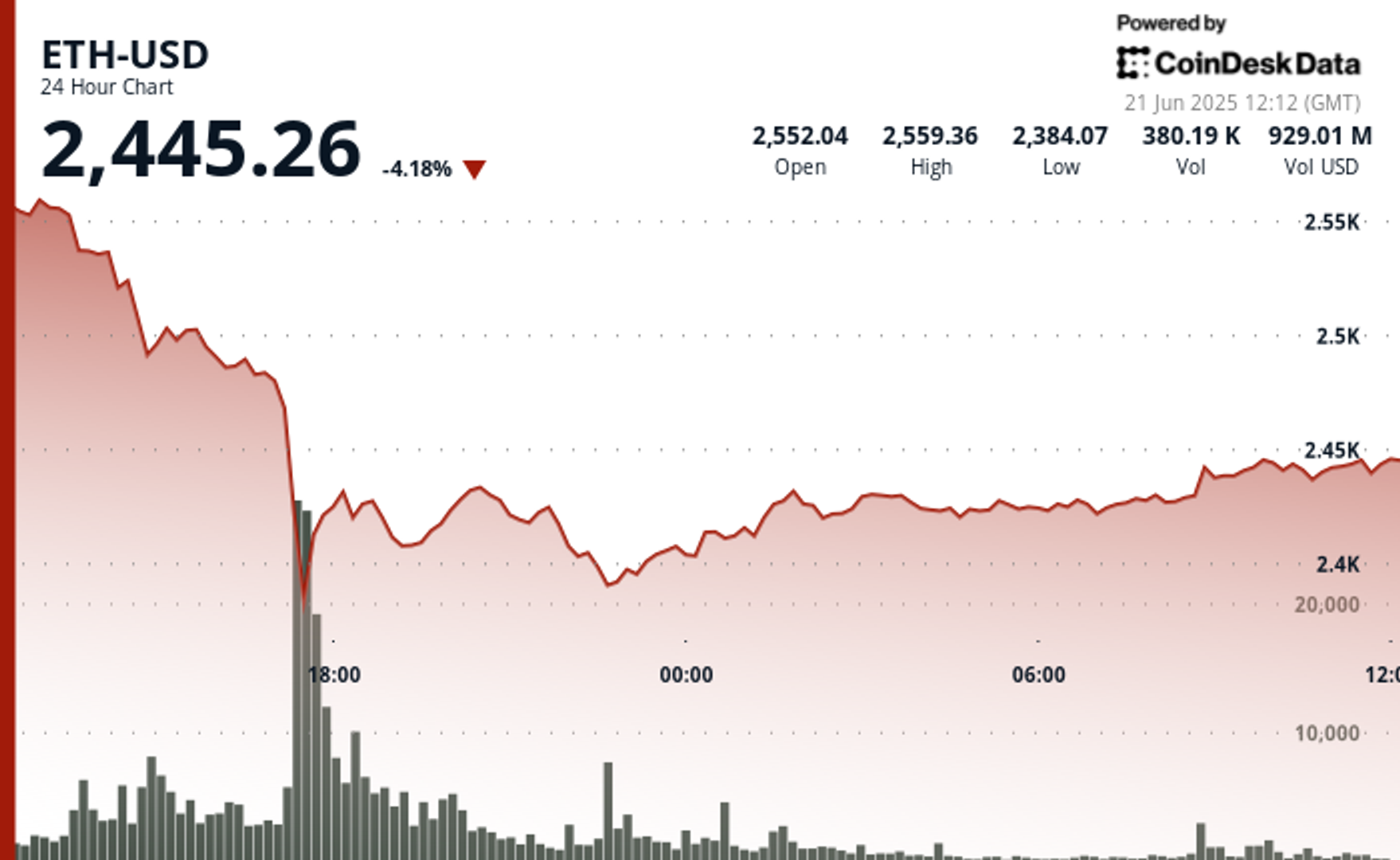Pokémon Legends: Z-A – Battle System First Impressions


This week is the Pokémon World Championships in Anaheim, and with it, the first playable demo of Pokémon Legends: Z-A. I had the chance to play two different ten-minute segments of Pokémon Legends: Z-A, and though I’m still left with a lot of questions, I did play just enough to develop some first impressions about the mechanic I’m the most curious about: its battle system.
But first, a quick aside, to answer a big question many of you no doubt have: I played the Pokémon Legends: Z-A demo on a Nintendo Switch 2, and it ran well and looked moderately better than the new Switch 2 versions of Pokémon Scarlet and Pokémon Violet. Of course, this is just a demo, and thus I didn’t get to experiment with draw distance or put it to the test with dozens of wild Pokémon on screen.
Back to the demo: one portion of my play session was set in the early-game of only the fourth main mission: Battling in the Z-A Royale. Here, I entered a Battle Zone marked by a red area on the map, where I needed to earn enough ticket points in trainer battles to get a Challenger’s Ticket, which is needed to take part in a Promotion Match. Winning that Promotion Match for the Z-A Royale would upgrade my rank from Z to Y.
We already knew about this core gameplay loop, which I assume we’ll be taking part in repeatedly until we reach Rank A and earn the vague prize of a single wish. It’s an entertaining enough system, where, at night, you roam the streets of a predetermined area to face other starry-eyed trainers. In expected Pokémon fashion, as soon as a trainer sees you, the battle is on–but in Legends: Z-A, if a trainer attacks you when you aren’t looking, that means the opponent’s Pokémon gets that free first attack on your Pokémon, which is also a guaranteed critical hit.
Personally, I find this to be an incredibly rude tactic that goes against the friendly competitive spirit of Pokémon, but of course, I took advantage of it myself when one of my stylish teammates, Lida, suggested I try it out. The tight corners of city streets mean it’s easy to get surprised, but it also offers opportunities for you to crouch and sneak in close to a target yourself.
Battle begins seamlessly, just like in Legends: Arceus, but Legends: Z-A does away with Legends: Arceus’ slightly modified version of the core turn-based battle mechanics we’re all most familiar with. Instead, Z-A is full real-time action. At least, that’s how it presents itself.
To attack, you essentially use Z-Targeting by holding the ZL button and then pressing the face buttons to instruct your Pokémon which move to use. This is the same whether you’re in battle, initiating a battle, or instructing your Pokémon to attack an obstacle–like some rocks I saw at the beginning of the mission that none of my Pokémon were strong enough to break.
As expected, each Pokémon can know four moves at a time, and those are the moves you have access to on the four face buttons. Surprisingly, the moves don’t seem to have PP (Power Points), meaning that they can be used an unlimited number of times, with consideration to their cooldown, a new mechanic for Pokémon commonly used for skill-based action games. Different moves have different cooldown times, but the moves I had access to this early in the game all had relatively short cooldowns (around six or seven seconds) and short “casting” times as well that aren’t communicated in any menus.
Regardless of these limitations, I was pretty much always able to attack with another move as soon as my Pokémon was done attacking with the first. The moves will “fill up” with color as the cool-down counts down, indicating when you can attack with it again, but I do wish that feedback was more clearly communicated. I ended up just using almost all of the moves available in rotation pretty mindlessly. You can’t instruct your Pokémon to dodge or perform any other maneuvers besides those four attacks, though Pokémon can miss attacks if the opponent is too far from the attack’s range.
Battle actions appear on the right side of the screen, informing you of things like attacks performed, debuffs, and critical hits. The feedback for missing attacks, however, seemed to be nonexistent, so I can see learning when the best time to attack could be a bit difficult.
In trainer battles, you can’t be damaged or take the hit for your Pokémon (I tried. Mareep still fainted.) But you can get hurt in battles against wild Pokémon and the more dangerous Rogue Mega-Evolved Pokémon, the other core gameplay plot device in Legends: Z-A. (And you still can’t take a hit for your Pokémon, at least it seemed to be that way.)
The second part of the demo pit me against a Rogue Mega-Evolved Absol after following the dog-like Zygarde 10% forme to it as part of another early-game mission, this time, the ninth. Somehow, the small-ish Zygarde carries you up to the roof where the Absol is, but apparently your character closes their eyes while this happens as the screen fades out and suddenly you’re on the roof.
Anyway, this early in the game, you don’t have the ability to Mega Evolve a Pokémon on your own, so the mysterious AZ lends you a Mega Ring, a Lucario, and the Lucarionite Mega Stone so you can face the Rogue Mega Absol without getting your butt categorically handed to you.
In this battle, you must dodge to avoid the opponent’s attacks, as Absol is coming for you–not just your Pokémon. I found it a bit cumbersome to balance attacking and avoiding enemy attacks, as you can attack only while you’re locked onto a target with ZL, but you can’t dash or dodge while targeting. I’m sure this is something I’d develop better muscle memory for as I play more, but it felt odd to have my actions restricted like that.
There’s also a secondary goal to pay attention to when up against Rogue Mega-Evolved Pokémon: you must collect Mega Power orbs to build up enough energy to Mega Evolve your Pokémon, and keep collecting them so your Pokémon doesn’t de-Mega Evolve. Attacking the Rogue Mega-Evolved Pokémon forces the Mega Power orbs out of them, which you then must pick up yourself. It’s a pretty clever way to force you to put yourself in danger and use the dodge mechanics.
This fight was much more interesting than the trainer battles, as is expected considering all the extra things I needed to worry about besides pressing the attack buttons. Another thing I noticed is that, although you can’t tell your Pokémon to dodge, they will default to returning to your side when you’re not locked on to an opponent. So if you start avoiding the enemy’s AOE (area of effect) attacks, your Pokémon will too, as long as you give them enough time to retreat.
Overall, Legends: Z-A didn’t feel like a full action game to me, but kind of more like an MMO, with its casting times, cooldowns, and behind-the-scenes math happening. That’s not necessarily a bad thing, but I do hope Legends: Z-A gets challenging enough to make me more intentionally dish out commands and think about switching Pokémon at just the right moment. I can see the potential, but with just twenty minutes of experiencing the early game, it’s much too soon to tell if this real-time battle system will scratch the strategy-itch Pokémon games usually do for me.
Some last-minute housekeeping, as I did briefly explore the menus: Pokémon have the common six-stat spread, no abilities (just like in Legends: Arceus), but do have Natures that affect their stats (unlike in Legends: Arceus). I also found a shop that sells Mints to change these Natures while I played through the ninth story mission.
Like I said before, I have a lot of questions and I’m very keen to play more Pokémon Legends: Z-A, but for now, we’ll have to wait until it’s out on October 16 to know more.
Casey DeFreitas is a deputy editor of guides at IGN and has been catching Pokémon since Red and Blue. Catch her on socials @ShinyCaseyD.
What's Your Reaction?
 Like
0
Like
0
 Dislike
0
Dislike
0
 Love
0
Love
0
 Funny
0
Funny
0
 Angry
0
Angry
0
 Sad
0
Sad
0
 Wow
0
Wow
0







































